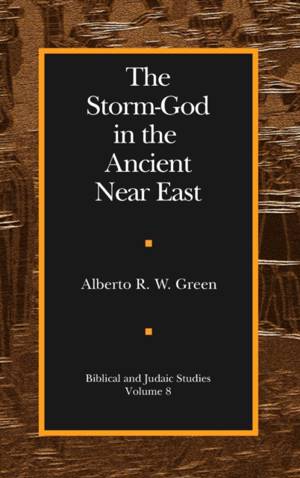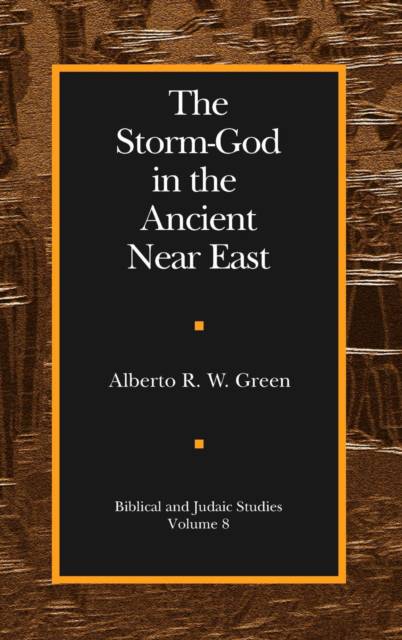
- Retrait gratuit dans votre magasin Club
- 7.000.000 titres dans notre catalogue
- Payer en toute sécurité
- Toujours un magasin près de chez vous
- Retrait gratuit dans votre magasin Club
- 7.000.0000 titres dans notre catalogue
- Payer en toute sécurité
- Toujours un magasin près de chez vous
Biblical and Judaic Studies from the University of California, San Diego
Alberto R W GreenDescription
In this comprehensive study of a common deity found in the ancient Near East as well as many other cultures, Green brings together evidence from the worlds of myth, iconography, and literature in an attempt to arrive at a new synthesis regarding the place of the Storm-god. He finds that the Storm-god was the force primarily responsible for three major areas of human concern: (1) religious power because he was the ever-dominant environmental force upon which peoples depended for their very lives; (2) centralized political power; and (3) continuously evolving sociocultural processes, which typically were projected through the Storm-god's attendants. Green traces these motifs through the Mesopotamian, Anatolian, Syrian, and Levantine regions; with regard to the latter, he argues that Yahweh of the Bible can be identified as a storm-god, though certain unique characteristics came to be associated with him: he was the Creator of all that is created and the self-existing god who needs no other.
Spécifications
Parties prenantes
- Auteur(s) :
- Editeur:
Contenu
- Nombre de pages :
- 382
- Langue:
- Anglais
- Collection :
Caractéristiques
- EAN:
- 9781575060699
- Date de parution :
- 30-06-03
- Format:
- Livre relié
- Format numérique:
- Genaaid
- Dimensions :
- 152 mm x 229 mm
- Poids :
- 730 g

Les avis
Nous publions uniquement les avis qui respectent les conditions requises. Consultez nos conditions pour les avis.






